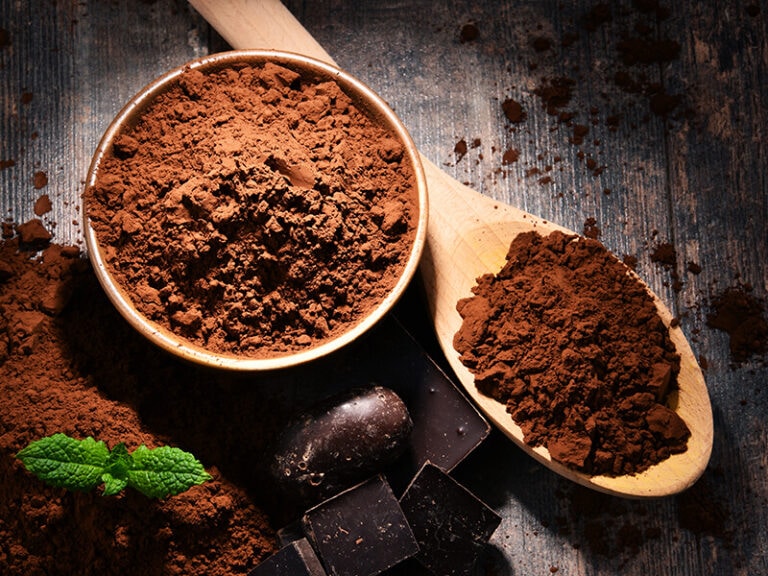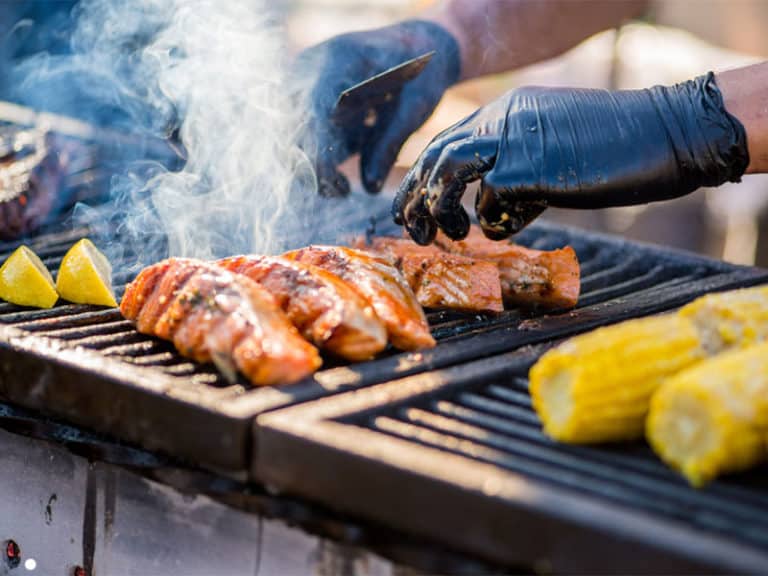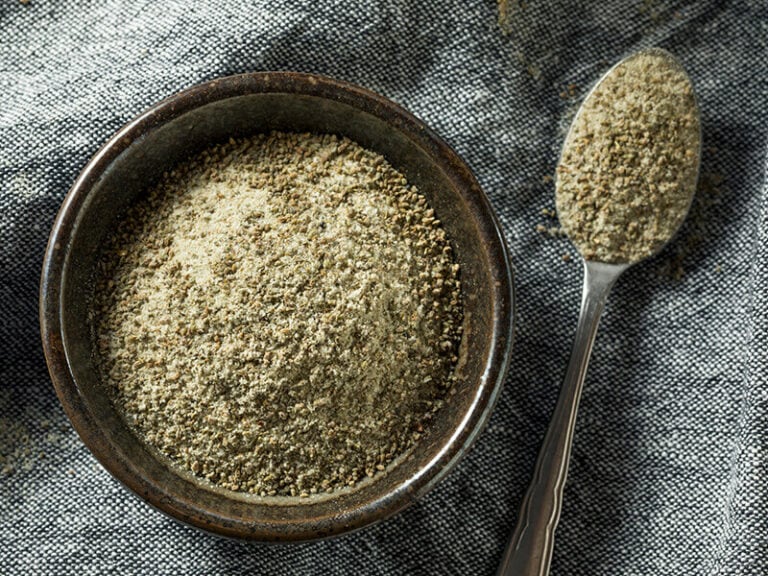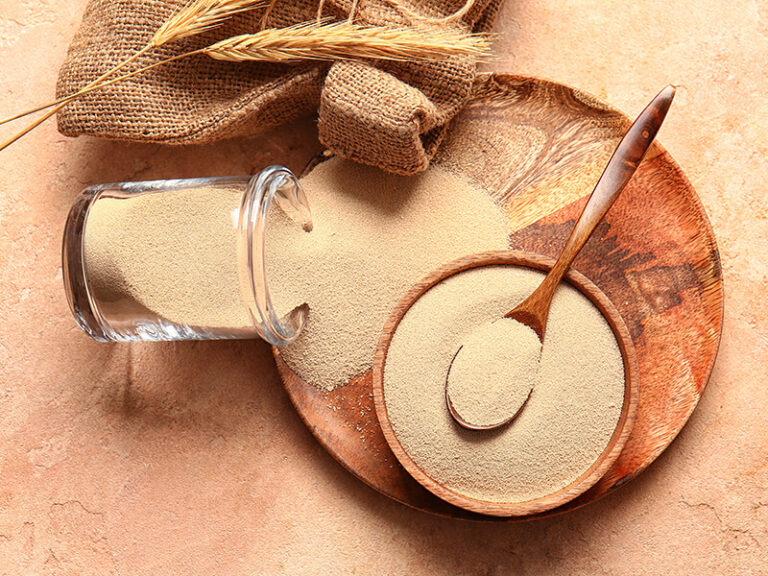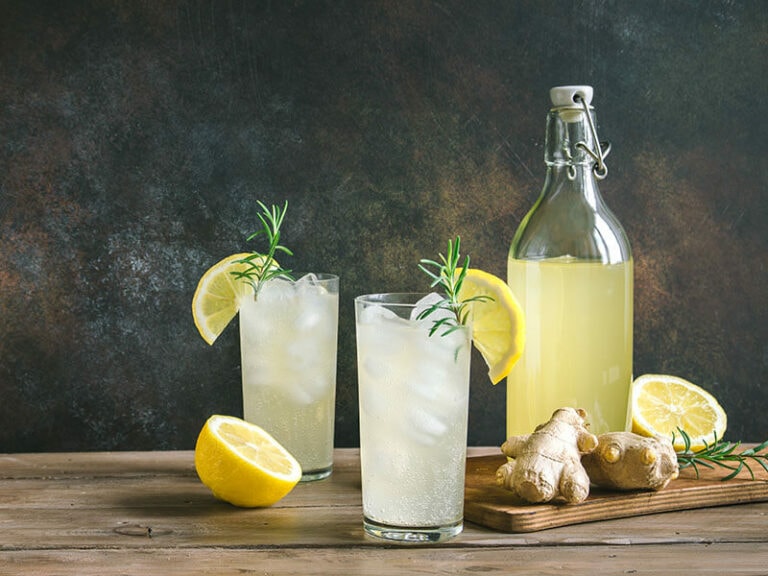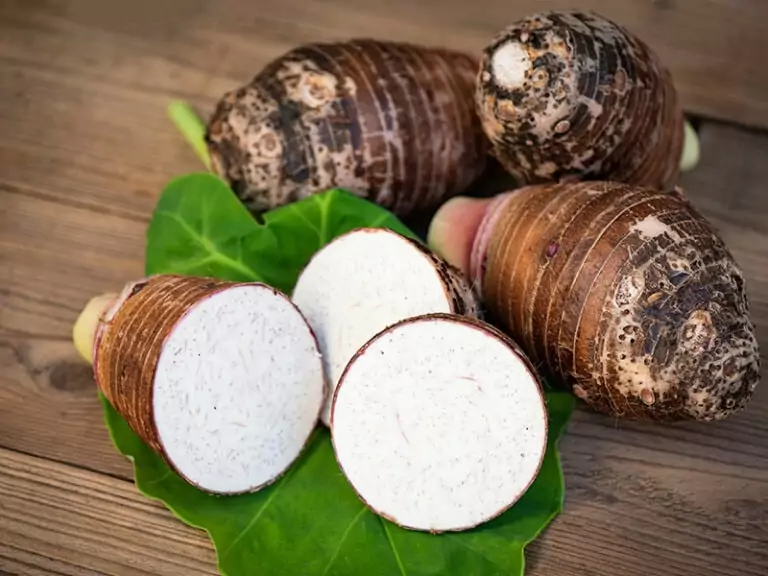What does paprika taste like? To someone who has never tried paprika before, it would be a difficult question. And even if you have had some experience with this condiment, know that paprika comes in many different-tasting varieties, so learning more about it is still a great idea.
Many people say paprika came from Hungary and Mexico. And that it isn’t spicy at all? Is this the truth? You will know when you finish the article. I will explain what you should know about paprika, including its origin, benefits, and how to make your own paprika.
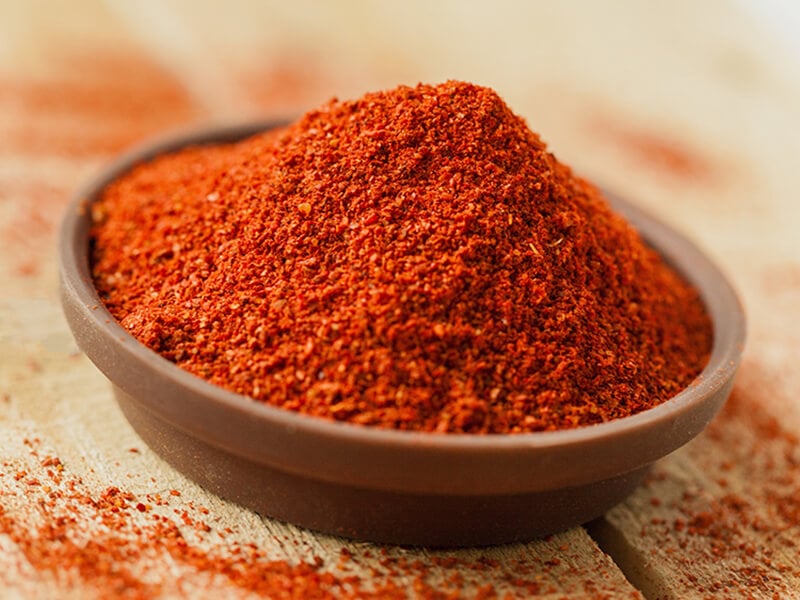
What Should You Know About Paprika?
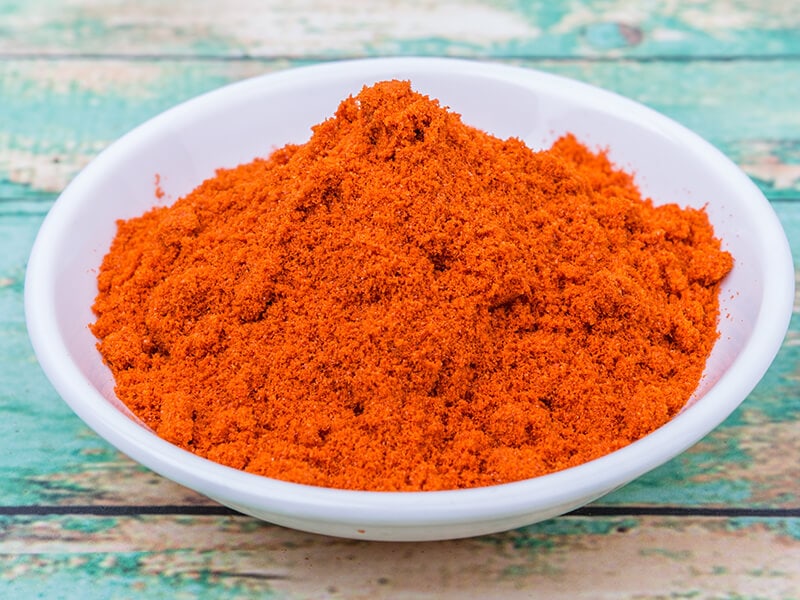
Paprika is a spice derived from ground-dried chili peppers belonging to the plant family Capsicum annuum. Some examples are aleppo peppers, cayenne peppers, sweet peppers, etc.
This spice has a stunningly bright hue, which is a mix of orange and red. That’s why many people love to use it as a coloring agent. In some languages, paprika also prefers the fruit and the plant used to make paprika powder (but that isn’t the case in English).
It was found in the New World, and many explorers in the 1400s carried paprika to the Old World. Since then, the spice has spread to Europe, Asia, and Africa (1). Eventually, Hungary came to be known as the country with the best paprika.
Find out what form paprika takes before it becomes powdered!
What Does Paprika Taste Like?
Let’s talk about its general categorization. Normally, there are three categories of paprika, each with a distinct taste and level of spiciness.
In general, paprika powder has a mild, possibly sweet taste and packs less heat than other types of peppers. However, since the spice can be made from different blends of peppers, its flavor can change as well.
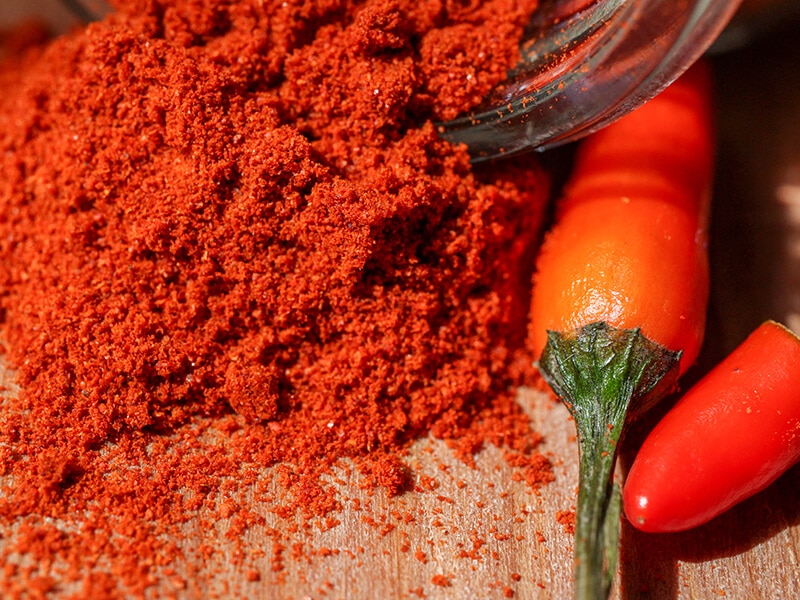
Sweet Paprika
Sweet paprika, also known as regular paprika, gives a vibrant hue to various recipes. You can use it for diverse meals, whether sprinkled over salad or to flavor barbecue dishes.
This type of paprika provides a mildly sweet note without much heat. You may add this type of paprika to your foods to balance out the taste of the other spices. The main ingredient of sweet paprika is bright-red bell peppers.
Smoked Paprika
Smoked paprika is prepared from smoked and dried pimento peppers (which are native to Spain) above oak fires. Besides the signature smoky taste, it comes in three heat levels: mild, medium, and spicy.
Many varieties are neutral in terms of spiciness, meaning some sweetness and mild heat. You can use sweet paprika as a substitute for smoked paprika. However, it will eliminate the smokiness from the dishes.
However, some Spanish paprikas are kiln-dried or dried in the sun. Therefore, these lack a smoky flavor. By European Union standards, authentic Spanish paprika must be manufactured by conventional methods and originates from Spain.
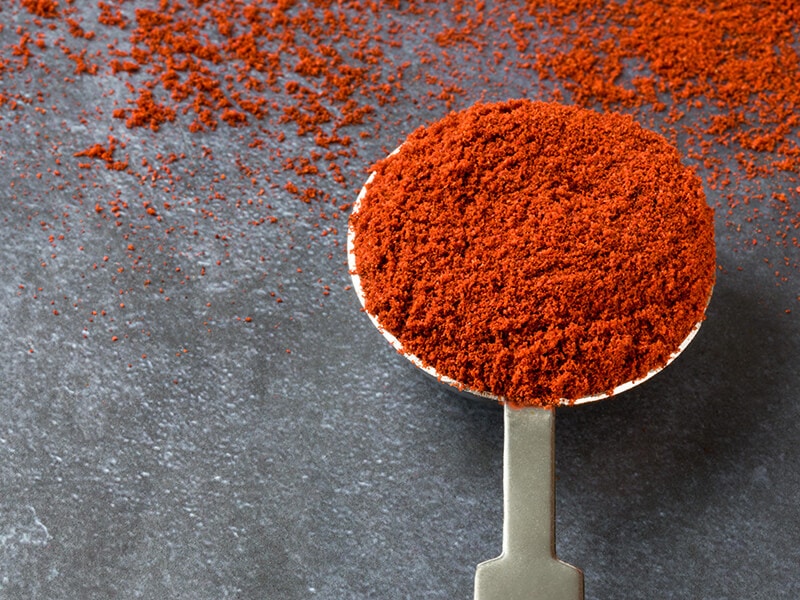
Hot Paprika
Many people often liken hot paprika to Hungarian paprika. People prepare it from stronger-tasting pepper species, such as red chili peppers. Hot paprika also includes seeds, which give it a more pungent taste.
Its flavor is a little less diverse than the other two categories. All you can feel is its spiciness, which can range from mild to rather tongue-burning. Still, it is still below many other types of spicy peppers on the Scoville heat scale.
The Most Effective Method To Cook With Paprika
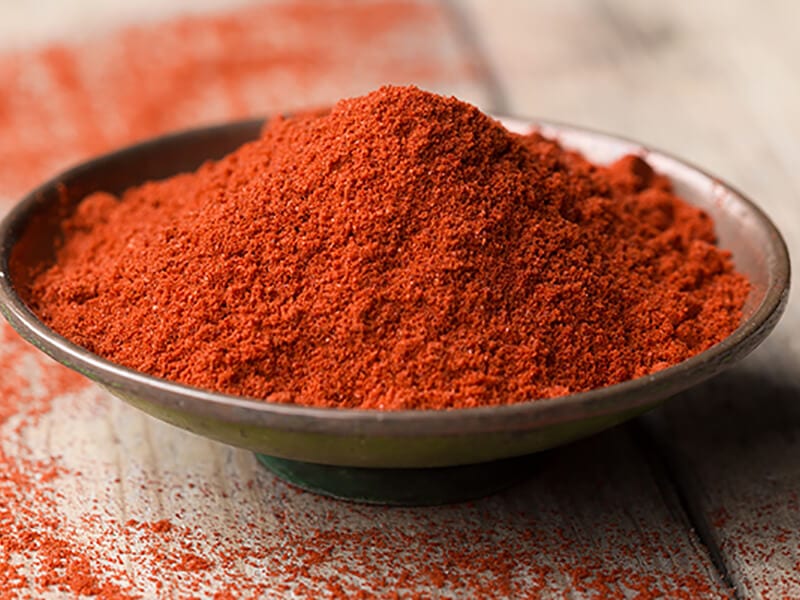
Paprika is a seasoning, so it works best to boost the taste of other ingredients. This is also a prominent spice in Latin American cuisine, where you may find it in salsas, sauces, and filling.
However, paprika shines most brilliantly when it enhances meaty dishes, be they chicken, beef, or pork. You can use it for seasoning sausage, ham, BBQ, etc. Starchy dishes, like potato salads, are other great choices.
Excitingly, since paprika has a brilliant red hue, it can make an extremely attractive and flavorful garnish. Deviled eggs and cream sauces can benefit greatly from this.
People may roast peppers before crushing them into powder to produce a smokier taste. However, to avoid overpowering other components’ flavor, you should use paprika in the appropriate proportions.
Many cuisines like the flavor of paprika fried with oil because it accentuates the heat of spicy peppers and improves the body’s capacity to absorb antioxidants. Numerous Latin American chefs mix it with oil and meats to advance the food’s taste.
Paprika is a well-known spice in many recipes from Africa, Asia, and Europe. The most notable in that list is the Hungarian goulash.
You can use paprika in many ways. But if you want to dive deeper into this part, you need to look at it.
Nutrients Of Paprika
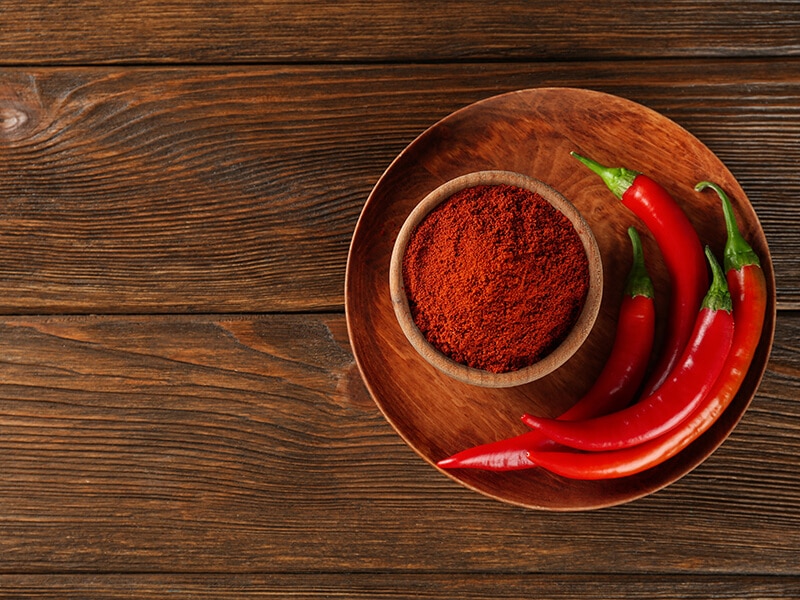
Paprika is a nutrient-dense spice that contains numerous helpful elements such as protein, fiber, iron, and carbohydrates. This condiment also includes essential vitamins like A, B6, K, and E.
Besides, paprika contains capsanthin, beta-carotene, lutein, and zeaxanthin. These substances counteract oxidative stress and may even aid in lowering the risk of some cancers (2).
Capsaicin in paprika also inhibits the development of cancer cells by altering the genes’ expression. Lowering bad cholesterol is another benefit of capsaicin.
In addition, paprika is good for your eyes. Its substances assist in protection against eye problems, such as age-related macular degeneration (AMD). Also, capsaicin has anti-inflammatory and autoimmune effects. It may help to ease symptoms of arthritis, digestive difficulties, and nerve damage.
You can think about paprika as the healthiest spice. Let’s listen to experts’ opinions about it!
How Long Can You Store Paprika?
The best start is checking the expiry date on the jar packaging before purchasing paprika. When it comes to storing powder paprika, your worst enemy is mold. Paprika should be discarded whenever it becomes moldy.
You can inspect the paprika for clumpings and bugs. Besides these signs, you may also taste or smell the spice. If you can’t detect its signature flavor and aroma, there is no longer any use for that batch of paprika.
To maintain the best quality of paprika for a long time, you should keep it away from air, moisture, and direct heat. Paprika should be stored in a dry and cool place, such as a cupboard or a pantry, or, even better, the fridge. Make sure you seal the jar or container tightly.
The shelf life of dried and powdered paprika can last up to 3 years when stored in the best conditions. After that time, its quality will slowly decrease, no matter how you keep it.
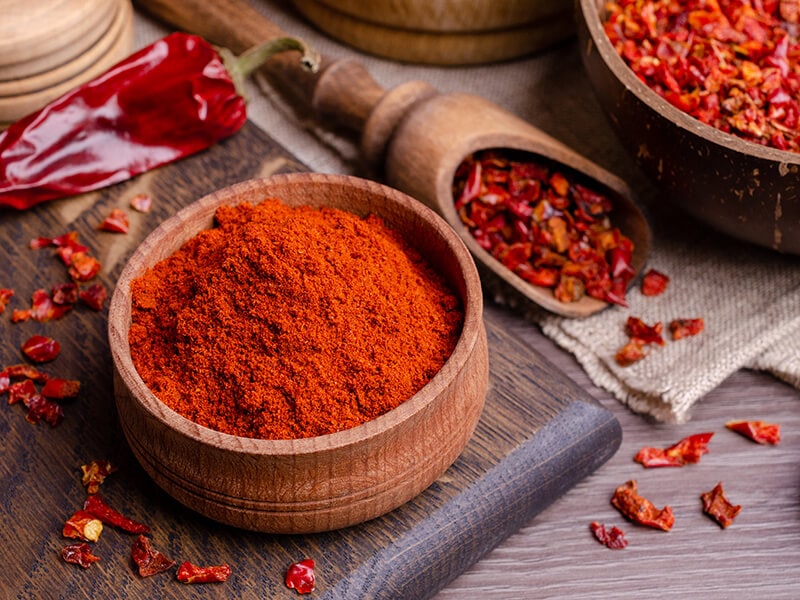
A Brief Guide On How To Grow Paprika A Home
Growing paprika does take your time, but your effort will turn into a wonderful result. There is nothing to compare with the joy of receiving what you deserve to have. Assuming you want to plant some paprika, you can prefer these instructions.
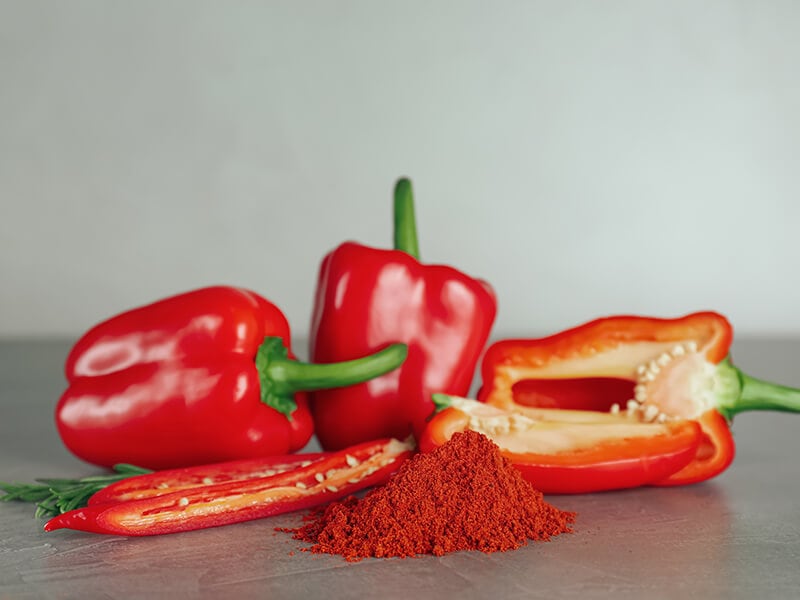
Step 1: Creating A Good Environment
Paprika plants need warm temperatures of at least 70°F (21℃) during the day and 65°F (18℃) at night for thriving. The paprika can’t stand the spring frost, so you may begin by planting the seeds within 8 to 10 weeks before the season.
Fill the pots with compost and plant the seeds ¼-inch deep in them. You may place them in sunlight spots. A place near a window with a temperature of about 80°F (26℃) is ideal. You should always keep the soil wet. The first seedlings should show during 7 or 10 days.
Step 2: Plant Your Paprika
When the soil temperature is about 65°F (18℃), transfer paprika plants to a sunny place with well-draining, nutrient-rich soil. I advise you to cover the area with a layer of black plastic mulch for a few days before planting to warm the soil.
You should space the plants 12 inches apart in a 3-foot row. However, if you want to plant Boldog paprika plants, you may increase the spacing to 18 inches.
Watering paprika plants is essential for producing high-quality peppers. If no rain occurs, the plants should be given 1 inch of water once a week. You should spray the water straight into the soil at the base of the plants to prevent moisture from getting on the foliage.
The top several inches of soil should be moist. A mulch layer around the plants may help keep the soil wet. It will reduce the hoeing and weeding.
Step 3: Harvest The Plants
As your peppers are elongated and have a ruby tint, then you can harvest them. You can use pruning shears to harvest the ripe peppers by snipping their stems. Twisting and pulling peppers injures the flesh, so you may avoid doing it.
Still trying to understand how to grow paprika? Check this technique to learn more about it.
Follow These Simple Instructions To Make Paprika At Home
Today, you can easily buy paprika powder at any grocery store. However, some people worry about the quality and reliability of these products. If you are one of them, you can make paprika powder at home based on the recipe below.
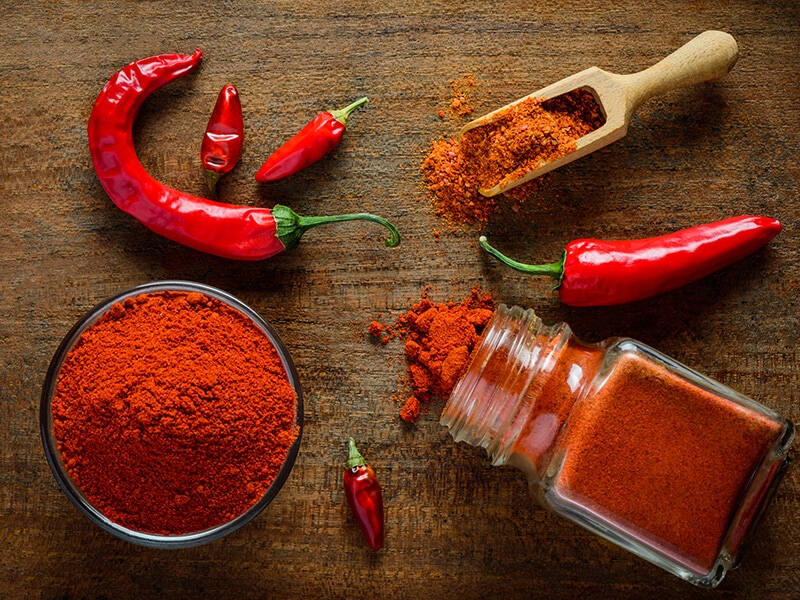
Step 1: Drying Your Peppers
You should put on gloves when slicing the peppers to protect your hands. Remove the green tops, the seeds, and any white ribs within. Cut the peppers into thin strips to speed up the drying process.
Your peppers must be thoroughly dried. You can achieve this by hanging fresh peppers on a thread and in the sun.
You can also set them in a single layer on a dish and flip them over regularly. It will keep the peppers from spoiling and allow them to be crushed into a spice.
Of course, you may use a dehydrator or an oven to speed up the drying process of peppers. Arrange the peppers in a dehydrator and set the temperature to 130°F (54℃). The pepper should dry in around 4 to 12 hours.
On a side note, most convection ovens can’t maintain the low temperature required to dry peppers without baking them. Be careful when using this appliance for the job.
Step 2: Grind Your Peppers
You should not grind large quantities of paprika at once to preserve a fresh taste for this spice. You can use the pestle and mortar to do this task. A spice grinder is another excellent option.
In reality, someone tends to use a coffee grinder to substitute for a spice grinder. However, I suggest you steer clear of using a coffee grinder since the pepper residues may alter the flavor of your coffee afterward.
Before you begin grinding, you may ensure to remove all the seeds, which will result in a more uniform powder.
Step 3: Smoke The Paprika (If Necessary)
Smoked paprika is a fantastic bonus for the paprika powder. To add a deep flavor to your peppers, you can smoke them before drying them.
Place the peppers in your smoker with oak chips and smoke at a low temperature, such as 150°F (65℃), for 3 hours. Afterward, you may remove the peppers and complete the drying process with a dehydrator.
Quickly jump right into this instruction to learn the most effective and easiest technique of making paprika powder.
Try These Amazing Recipes With Paprika
Paprika is an amazing seasoning that you can combine with various recipes from different cultural cuisines. Save these simple recipes to make delicious dishes for your family and friends.
Paprika Chicken Skewers
Try this recipe to make a chicken supper more intriguing! The skewers only take 10 minutes to cook. It will be a bomb at any BBQ, tapas dinner party, or picnic. This dish brings spicy and smoky flavors that will bring tears of joy to your friends!
Chicken Paprikash
Do you wonder what paprika tastes like on chicken? Find out with this combo of juicy chicken pieces in a creamy sauce with sweet paprika. Remember to use skinless and boneless chicken thighs to cut down on fats. You can add sour cream and onions to this traditional Hungarian meal.
Garlic Shrimp With Smoked Paprika
Shrimp is a delectable ingredient for your dinner, and this fantastic five-ingredient dish will magnify that goodness even more. Simply sauté the shrimp with olive oil. Then cover it with a mixture of garlic, honey, and smoked paprika. You will have the tastiest dish ever!
FAQs
If you are into culinary art, you will be impressed by how certain spices can significantly alter the foods, such as paprika. Learn other great facts about this condiment through these commonly asked questions!
Let’s Have Some Paprika!
Paprika is a necessary spice that you should have in your cupboard. Besides the health benefits of paprika, it also adds extra flavors to your dishes.
When you consider multiple aspects, it would be a waste to miss this seasoning. You can enhance the taste of your BBQ pork just with half a teaspoon of paprika.
I assume that you have already found all the necessary information in this article. Will you share and like it for me? Also, when you have any concerns about paprika, you can tag me in the comment section below.
References
- Paprika (2022) Wikipedia. Wikimedia Foundation.
- Paprika: Health benefits, nutrients per serving, preparation information, and more (2022) WebMD. WebMD.

